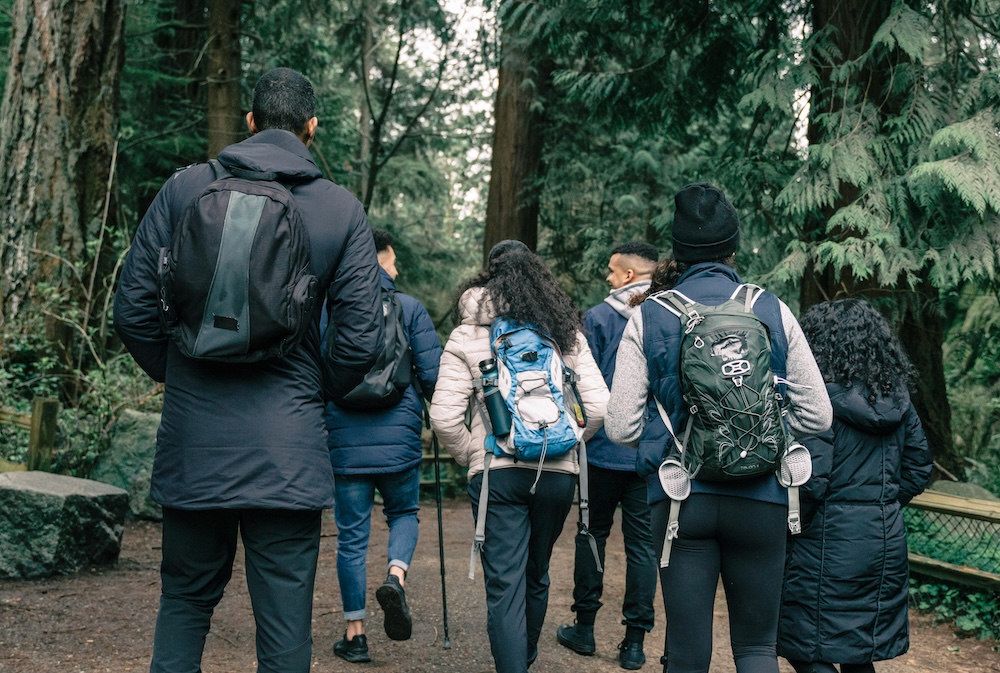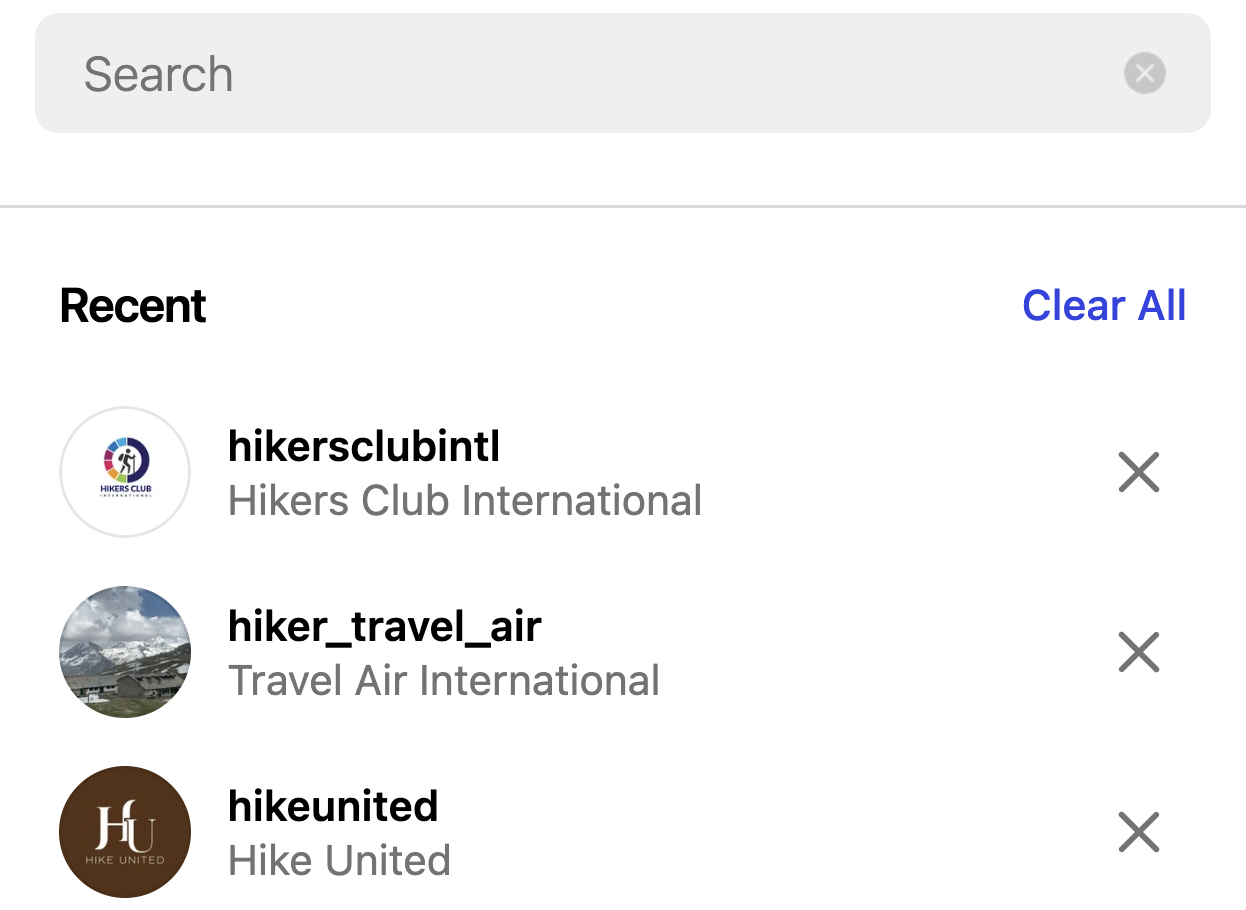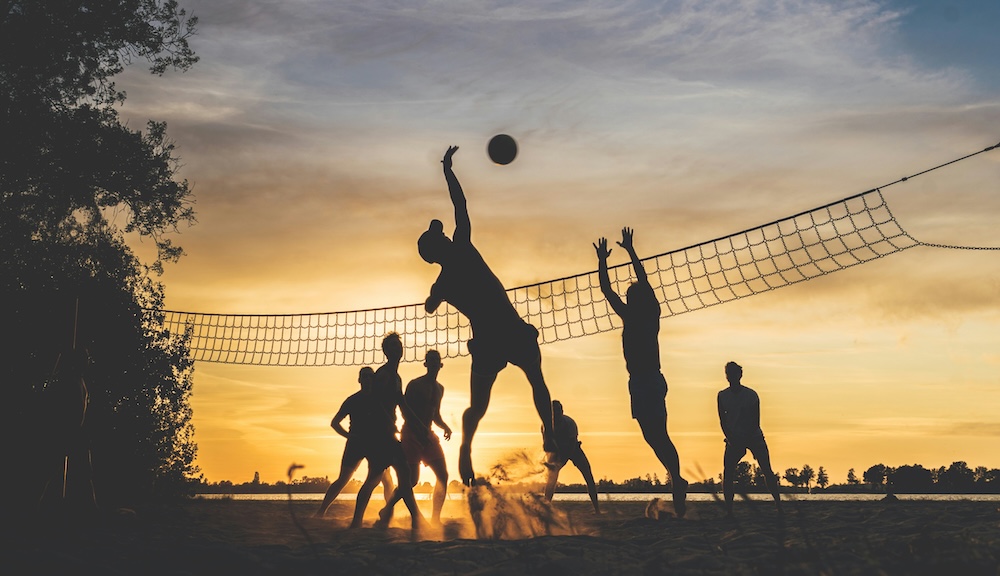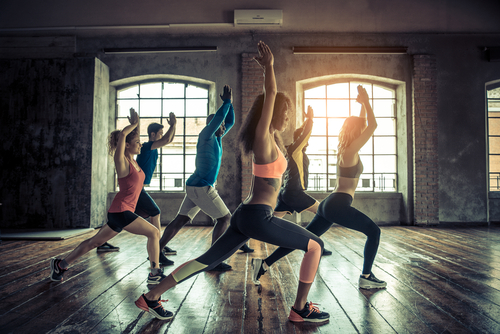Moving to a new country is a journey filled with excitement and new possibilities. But amidst the challenge of navigating a new job, language, and culture, it’s easy for personal routines like fitness to fall by the wayside. Going to a typical gym or joining a local running club can feel intimidating or isolating when you’re still finding your footing. You might want to stay healthy and active, but still crave connection and a sense of belonging.
Well, at Remitly we don’t think you have to choose between your health and feeling at home. This guide is designed to help you discover supportive, welcoming, immigrant-friendly fitness communities that cater to your unique needs. We believe that well-being is essential for thriving in a new country. So, read on as we explore the benefits of these communities, the different types you can find, and practical tips for taking that first step to join.
Why immigrant fitness communities matter
Joining a fitness group when you’re in a new country is about so much more than just exercise. It’s a powerful tool for building a happy and healthy life, mentally as well as physically.
It should be said that in many countries around the world, fitness communities for locals will be open and inclusive to immigrants. However, we understand it can be daunting to join communities like this when new to a country, so you may prefer to find places that specifically target foreigners.
Your key to mental well-being
Did you know?
The World Health Organization says that regular fitness can have a ‘significant’ positive impact on mental health.
Adjusting to a new country can be stressful. Regular physical activity is a scientifically proven way to reduce stress, anxiety, and feelings of depression. When you exercise with others, those benefits are amplified. The shared energy and encouragement of a group can be an incredible mood booster, providing a positive outlet and an anchor during a challenging period when a lot’s changing.
A bridge to new friendships and connections
One of the hardest parts of immigrating is leaving your social circle behind. Fitness communities are a natural and low-pressure way to meet new people. You already have a shared interest, which makes starting a conversation much easier. These workout partners can quickly become your first friends in a new city, creating a support system that extends far beyond the gym.
Staying motivated and building healthy habits
Did you know?
One UK study found that 43% of adults said group exercise helps them to feel more motivated, with 46% saying it helps to combat loneliness.
It’s hard to stick to a fitness routine on your own, especially when you’re busy organizing other aspects of your new life like accommodation, a new job, and so on. Being part of a community creates accountability. When you know a group is expecting you, you’re far more likely to show up. This consistency is the key to building lasting, healthy habits that will support your long-term health.
A soft landing into local culture
A fitness group can be a friendly window into the local culture. You’ll learn about the best hiking trails from your hiking group, hear about local events from your yoga classmates, and pick up conversational language and slang in a relaxed environment.

Types of immigrant-friendly fitness communities
Inclusive workout groups come in all shapes and sizes, catering to different interests, budgets, and fitness levels. Here are a few types to look for.
Outdoor meetups
These groups are often free or very low-cost, so they’re a fantastic way to explore the nature around your new home. Generally, these groups are very welcoming to newcomers, too.
Running and walking clubs
Many cities have casual running or walking groups that meet in local parks. They often have members of all paces, from serious runners to people who just want to walk and chat.
Park yoga or tai chi
Look for free or donation-based yoga, tai chi, or general fitness classes held in public parks, especially on weekend mornings. As you might expect from such calming activities, these are usually very relaxed and beginner-friendly.
Hiking groups
If you live near nature trails, hiking groups are an amazing way to get to know the scenery around your new home and have meaningful conversations with people over several hours.
Gyms and studios with a cultural twist
These classes are perfect for connecting with your own culture or exploring a new one. They offer both a great workout and a powerful sense of community and celebration.
Dance fitness classes
Look for classes like Zumba (with its Latin rhythms), Bollywood or bhangra dance fitness, or African drumming aerobics. The music and movements can be a joyful reminder of home.
Martial arts
Studios for sports like Brazil’s capoeira, or taekwondo from Korea are often deeply rooted in cultural tradition and foster a strong, respectful sense of community.
Sports leagues and clubs: team-based fun
Joining a sports team is one of the best ways to form strong bonds. Many cities have amateur leagues for globally popular sports.
Soccer leagues
In the US, you can find recreational soccer leagues for all skill levels. These leagues often have teams formed by people from specific countries (e.g., a Mexican league or an Irish league), making them a fantastic social hub.
Cricket or rugby clubs
In areas with large populations from Commonwealth countries, you can often find cricket or rugby clubs that are eager for new members. You may discover and love a sport you’ve never even seen, let alone played before!
Volleyball or basketball
These are popular sports with drop-in games and organized leagues available at most community centers and parks.
For any of these clubs, if you want to enhance your chance of finding people from your home country, look for groups located in areas with higher density of immigrants from your country.
Online fitness communities
If you’re not ready to join an in-person group or you live in an area with fewer options, online communities are a great alternative.
Social media groups
Search on Facebook for groups with terms like “Asian Hiking Group” or “Older People Do Yoga.” These groups offer virtual support, share resources, and sometimes organize local meetups.
Virtual fitness apps
Many fitness apps have a community feature where you can share your progress and encourage others from around the world.

You can search on social media platforms like Instagram to find relevant groups like this
How to find and join fitness communities
Knowing these groups exist is one thing; finding them is the next step. Here’s a practical plan to help you connect.
Step 1: Use digital tools
Your phone is your most powerful search tool. You could, for example:
Use meetup.com
A website specifically designed for finding groups based on interests. Search for terms like “hiking,” “yoga,” “running club,” or “soccer.” Remember to check the reviews before joining. If you’re unsure about the group, go with a friend or two first.
Search on Facebook groups
Use specific search terms. Instead of just “fitness,” try “Multicultural running club [Your City Name]” or “Spanish-speaking yoga class.”
Check Eventbrite
This platform lists local events, including free fitness workshops, wellness festivals, and introductory classes.
Step 2: Explore your local gyms and community centers
Don’t be afraid to walk in and ask questions. Consider asking for a free trial; most large gyms offer a free day or week pass. Use this opportunity to try a few different group classes and see which one has a vibe you like.
Talk to the staff at your local YMCA or community center and tell them what you’re looking for. They often know about specific programs or unofficial groups that use their facilities.
If the staff are busy, go old-school and check the notice boards to see what flyers are being advertised.
Step 3: Be open and consistent
Finding your group takes time and a bit of effort on your part. So don’t be afraid to take the first step. It can be scary to show up to a new group alone, but remember that every single person in that group was once a newcomer just like you.
Show up consistently. You won’t form friendships by going just once. Try to attend the same class or meetup for a few weeks in a row. People will start to recognize you, and conversations will begin to flow more naturally.
List of immigrant-friendly fitness ideas:
- Running and walking clubs
- Park yoga or tai chi
- Hiking groups
- Dance classes
- Martial arts groups
- Soccer leagues
- Cricket or rugby clubs
- Volleyball or basketball
- Virtual fitness apps
- Facebook groups
- Meetup.com fitness groups
- Eventbrite fitness classes
- Community centers
- YMCA fitness groups
- College sports teams

Overcoming common barriers to joining in
It’s completely normal to feel apprehensive. Here are some common concerns and practical solutions.
“I’m worried about the language barrier.”
This is a very common fear. The beauty of fitness is that it’s often visual. Choose activities like yoga, dance fitness, weightlifting, or running that don’t require complex conversation to participate. You can follow the instructor or the other group members.
You can also look for bilingual instructors. In diverse cities, many instructors are bilingual—once you’ve got a few basic phrases so you can speak to people, don’t be afraid to ask a gym if they have any. And right at the start, you can always communicate non-verbally; a smile and a friendly wave are universal. People will appreciate the effort.
“I feel shy or out of place.”
Feeling like an outsider is a tough emotion to overcome, but you can consider;
Starting by observing
You don’t have to be the most talkative person on your first day. It’s okay to just participate in the activity and get a feel for the group’s dynamic.
Bringing a friend
Ask a coworker or another friend you’ve made to go with you the first time. It can make walking into a new situation much easier.
Remembering your “why”
Remind yourself why you’re there—for your health, for connection, for yourself. This can give you the boost of confidence you need.
Building a healthier, happier life abroad
Finding your fitness community is a powerful act of self-care and integration. It’s an investment in your physical health, your mental well-being, and your social life. The benefits go far beyond the calories burned; they build resilience, foster friendships, and create a profound sense of belonging in your new home.
So, take that first, brave step. Try a new class, join a local hiking group, or simply reach out to an online community. Your future self will thank you for it.
FAQs
What are immigrant-friendly fitness communities?
These are simply gyms, workout groups, or online platforms that are actively welcoming and inclusive of people from all backgrounds. It’s most of them, really; they often celebrate diversity and focus on the shared goal of health, creating a safe space for immigrants to connect and get active.
How can I find fitness groups near me as an immigrant?
Use online platforms like Meetup and Facebook, searching with keywords that include your interests, your cultural background, or your language (e.g., “Filipino hiking group”). Also, visit local community centers, libraries, and gyms—they’re hubs of local information.
Are fitness communities inclusive for non-native speakers?
The vast majority are, yes. The language of exercise is often universal. Instructors demonstrate moves visually, and fellow members are usually happy to help if you look confused. Don’t let language hold you back from activities you enjoy.
Can I participate in fitness activities even if I’m a beginner?
Everyone starts somewhere. Look for classes or groups labeled “beginner-friendly,” “all levels welcome,” or “introductory.” Don’t be afraid to tell the instructor you’re new; they can offer modifications to make the exercises work for you.
What if my local area doesn’t have specific fitness communities for immigrants?
If you live in a less diverse area, online fitness groups are an excellent alternative. Many virtual platforms host inclusive groups that offer flexibility and connection, no matter where you’re located. Consider taking the initiative and starting your own casual walking or park workout group with other newcomers you meet.
